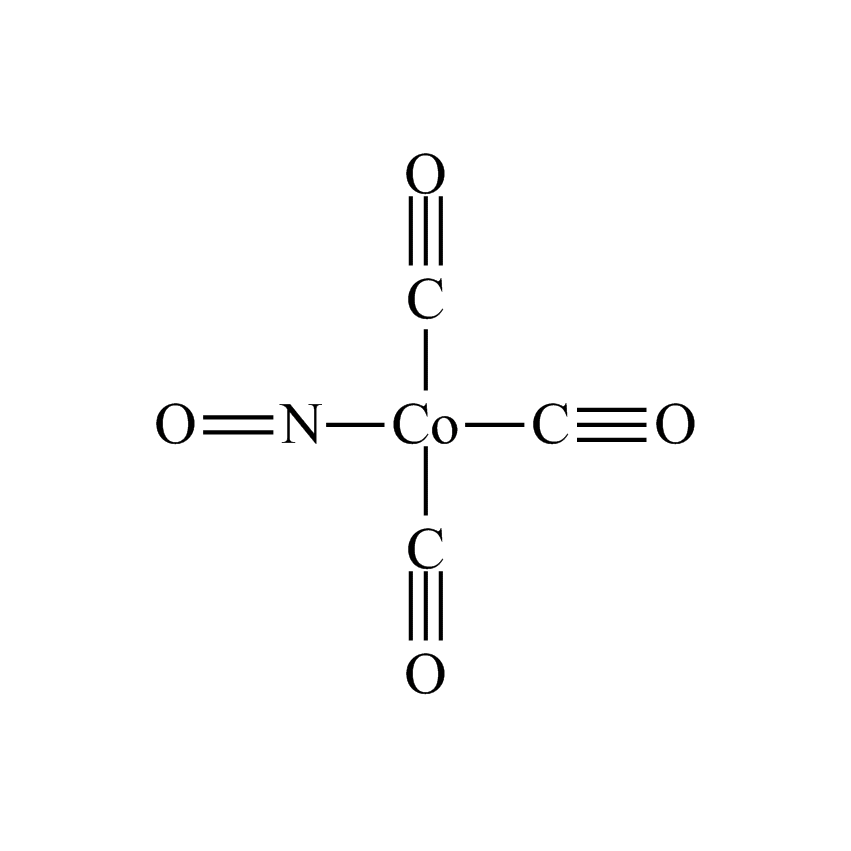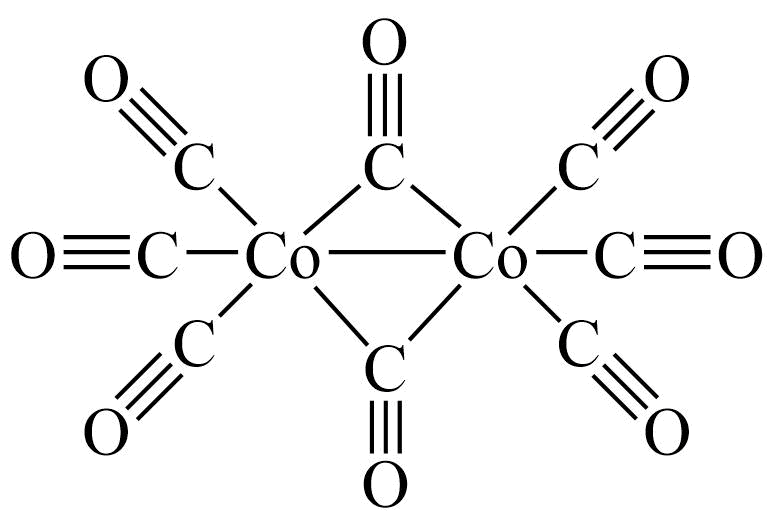Additional Properties
- Einecs Number 237-945-5
- HMIS 4-2-1-X
- Molecular Formula C3CoNO4
- Molecular Weight (g/mol) 172.97
- TSCA No
- Boiling Point (˚C/mmHg) 50
- Density (g/mL) 1.47
- Melting Point (˚C) -1.1°
Application
Employed in CVD of cobalt, cobalt silicide.1
Hydrosilylation catalyst for carbonyls.2
In combination with Fe(CO)5 forms spherical Fe/Co particles.3
Reagent for mediated epitaxy of cobalt.4
Reference
1. Ivanova, A. et al. J. Electrochem. Soc. 1999, 146, 2139.
2. Chatani, N. et al. Chem. Lett. 2000, 14.
3. Morita, H. et al. J. Photochem. Photobiol., A 2009, 206, 205.
4. Kaloyeros, A. et al. U.S. Patent 6,346,477, 2001.
Safety
ALD Material
Atomic layer deposition (ALD) is a chemically self-limiting deposition technique that is based on the sequential use of a gaseous chemical process. A thin film (as fine as -0.1 Å per cycle) results from repeating the deposition sequence as many times as needed to reach a certain thickness. The major characteristic of the films is the resulting conformality and the controlled deposition manner. Precursor selection is key in ALD processes, namely finding molecules which will have enough reactivity to produce the desired films yet are stable enough to be handled and safely delivered to the reaction chamber.
Cobalt tricarbonyl nitrosyl; Dicobalt octacarbonyl
Metal-Organic Chemistry, Applied Chemistry & Physics
Metal-Organic Chemistry, Applied Chemistry & Physics
Metal-Organic Chemistry
Cobalt metallic films are the subject of an ever-expanding academic and industrial interest for incorporation into a multitude of new technological applications. This report reviews the state-of-the art chemistry and deposition techniques for cobalt thin films, highlighting innovations in cobalt metal-organic chemical vapor deposition (MOCVD), plasma and thermal atomic layer deposition (ALD), as well as pulsed MOCVD technologies, and focusing on cobalt source precursors, thin and ultrathin film growth processes, and the resulting effects on film composition, resistivity and other pertinent properties.
Silicon Chemistry, Applied Technology, Applied Technology


